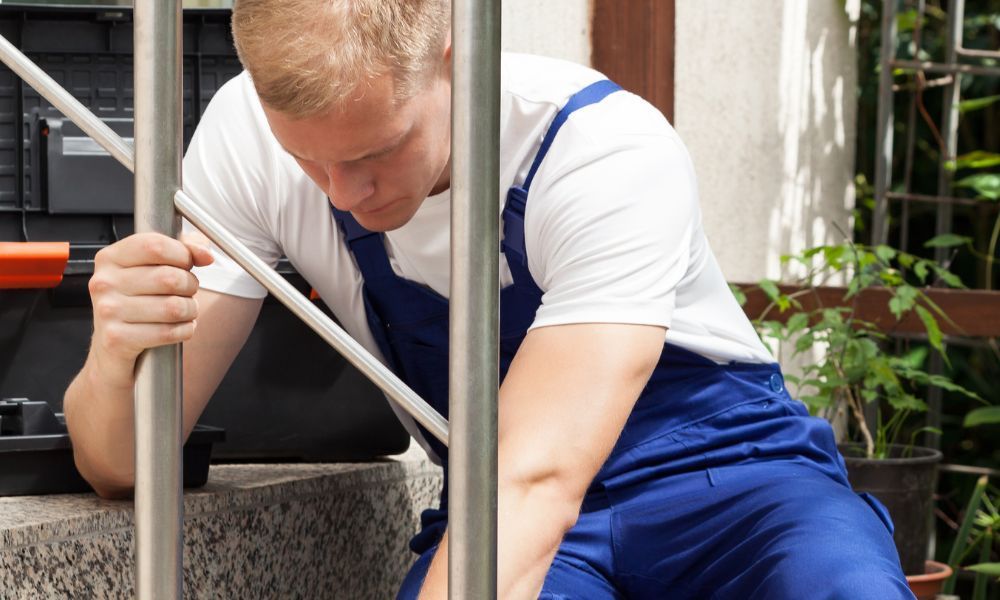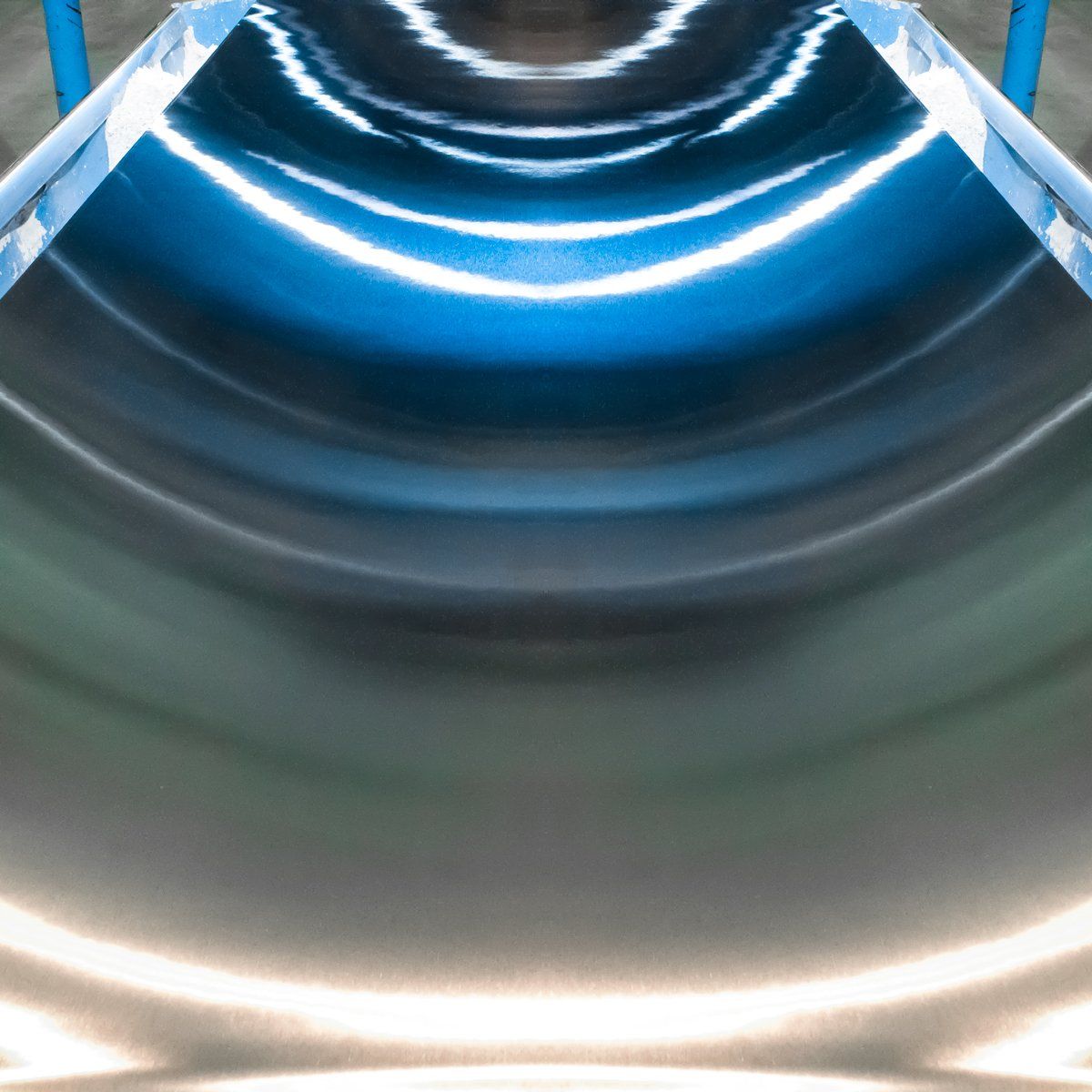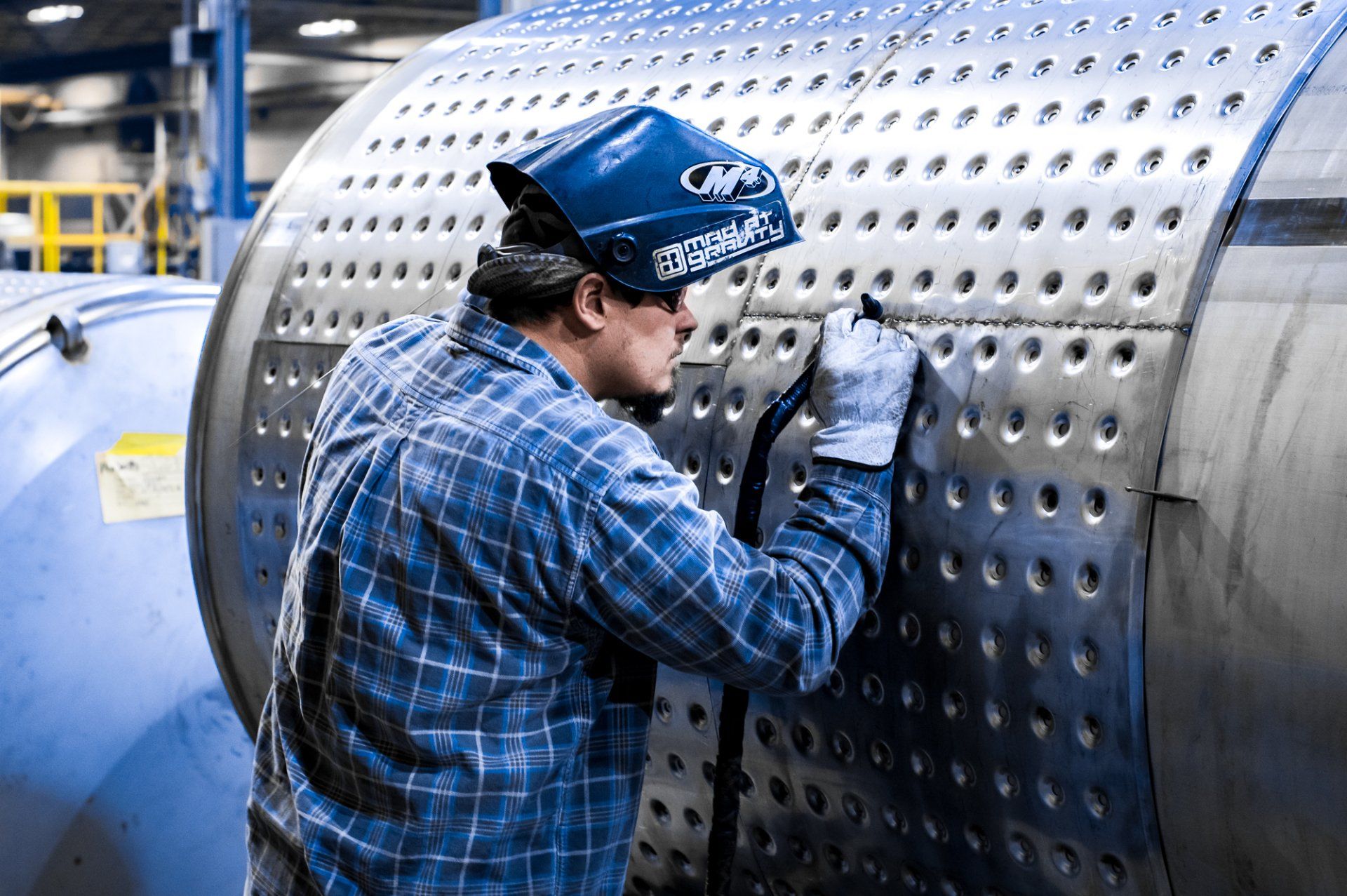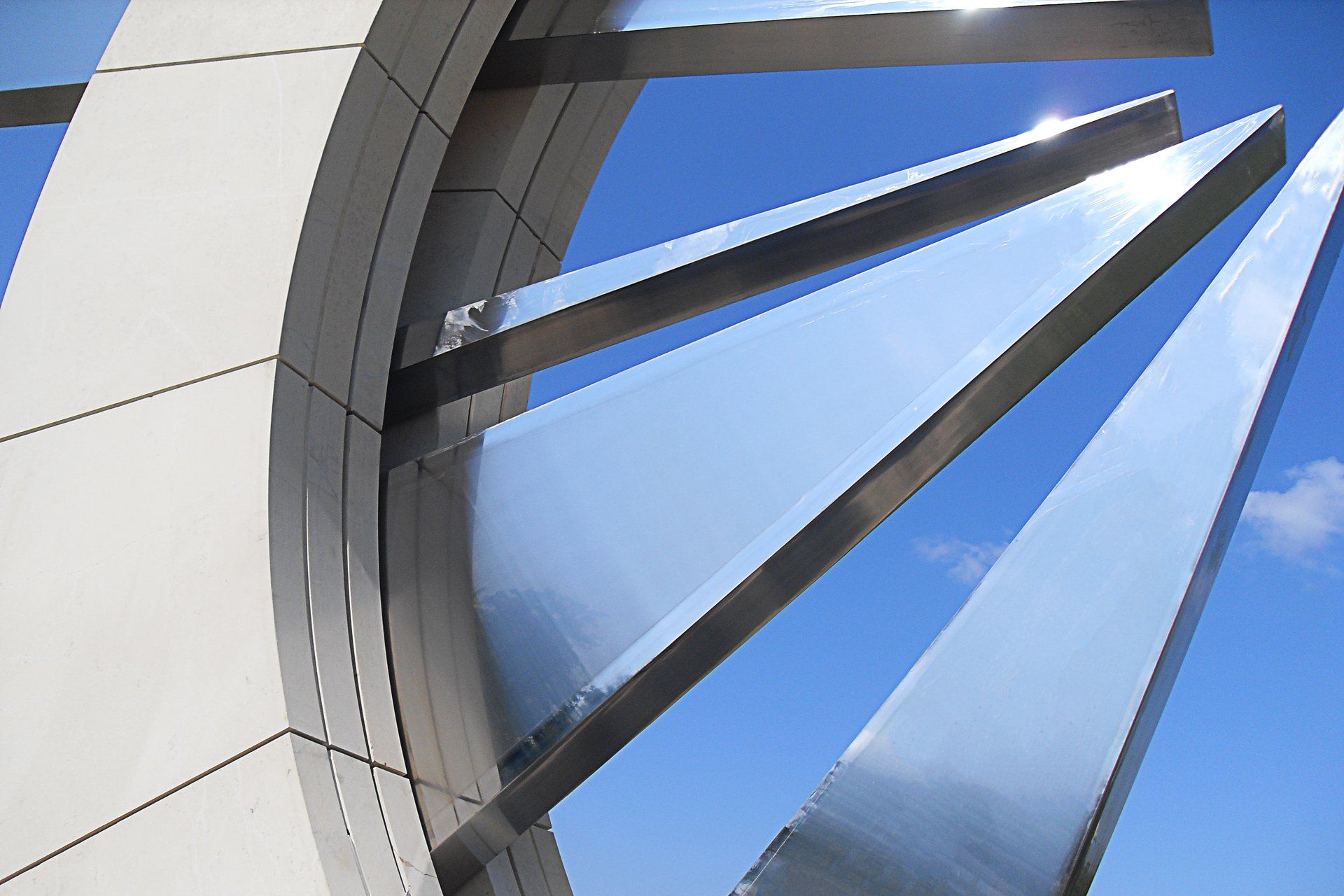How To Install Stainless Steel Handrails

The most significant part of creating a safe and accessible building environment is installing a handrail. Crafting handrails from high-quality stainless steel provides durability and aesthetic appeal with superior corrosion resistance, ensuring long-lasting functionality. Their sturdy construction and ergonomic designs ensure a comfortable and secure grip, promoting stability and confidence for individuals of all ages and abilities. Investing in stainless steel handrails is a wise choice that enhances any building’s safety and visual appeal. Use this guide on how to install stainless steel handrails to achieve the best results.
Materials Needed
You need diverse kinds of materials when installing a stainless steel handrail. You need a stainless steel handrail and brackets, screws, anchors suitable for your wall type, and a drill. You should also have measuring tape, a level, and a pencil for marking. It is critical to source high-quality materials to ensure the longevity and stability of your handrail.
Preparation
Begin by measuring the installation area. Mark the wall to indicate bracket placement, ensuring the handrail is at an appropriate height and angle for all users. Prepare the area before installation by thoroughly cleaning it and freeing it from obstructions.
Verify the Measurements
Double-check your measurements to ensure the handrail has the correct height and length. Use a level to determine if the handrail has the right alignment. Verifying your measurements and using a level for guidance is crucial for visual symmetry and functional stability.
Check Wall Stability
Drilling holes can be intimidating if you don’t know where to start. Before you start drilling, ensure the wall is sturdy enough to support the weight of the handrail and the force exerted on it.
Study the Installation Manual
Take some time to read the handrail kits installation manual carefully. It may contain specific tips and precautions that are particularly relevant to your product.
Arrange Your Tools
Keeping your tools organized and within reach can streamline installation and prevent unnecessary delays. Set your tools in the most convenient parts of your tool belt or toolbox at least a day before you start construction.
Installation Process
The handrail installation process involves several steps. First, mark points on the walls to identify where to fix the brackets. Drill the holes next, and insert screws and anchors to fasten the brackets securely. Then, position the rails onto the brackets and affix them using screws, ensuring they are steady and capable of bearing weight. Use a level frequently throughout the installation so that you can keep the handrail straight and well-aligned. After installing the handrail, check for stability, and make any necessary adjustments. Although the process may seem complex, you can accomplish it with the proper tools and preparation.
Post-Installation Inspection
It’s crucial to inspect the handrail after installation. A post-installation inspection helps you guarantee that the handrail is safe and secure. This critical check doesn’t bother with aesthetics; it’s about preventing accidents.
Check the handrail—is it wobbly, or does it move when you apply pressure? If so, take time to inspect the installation before finalizing. Make sure that there are no sharp edges or protruding screws. It’s impossible to overstate the importance of post-installation inspections—the safety and well-being of handrail users are essential. This step is crucial to identify potential issues so that you can promptly rectify issues and ensure the railing system can fulfill its purpose effectively.
Inspection Tips for Stainless Steel Handrails
Determine if your stainless steel handrails are safe and secure by checking the following factors.
Stability
The handrail shouldn’t wobble or move when you apply pressure. If there is movement, review the installation process and tighten any loose screws or fittings so that the handrails remain securely mounted to the wall brackets.
Alignment
Use a level to check that the handrail is perfectly horizontal. Any deviation can make the handrail visually unappealing and potentially uncomfortable to use.
Finish Quality
Check the handrails for damage, such as scratches or dents, on the handrail. Many forms of damage compromise the handrail’s overall look and feel.
Protrusions
There should be no sharp edges or protruding screws. All handrail parts and brackets should be flat and smooth to the touch.
Height
Check and verify that the handrail is a suitable height for all users. The standard handrail height is between 34 and 38 inches from the floor.
Regular inspections and maintenance are crucial to preserving your handrail life. Identifying and addressing potential issues early to prevent future problems is vital.
Maintenance Tips for Stainless Steel Handrails
It’s essential to take care of your stainless-steel handrails to maintain longevity, aesthetic appeal, and safety. Regular maintenance ensures they remain sturdy and dependable, preventing problems such as corrosion. Following these maintenance tips helps prevent wear and tear and potentially costly repairs or replacements.
Regular Cleaning
It is necessary to clean your stainless steel handrails often. Regular cleaning maintains their shine and prevents dirt and grime buildup. Use a soft cloth and warm soapy water for routine cleaning. There are special stainless steel cleaners available on the market for more stubborn stains.
Don’t Use Abrasive Materials
Avoid using steel wool or other abrasive materials when cleaning your stainless steel handrails. These can scratch the surface of the handrails and damage their protective layer, leading to rust over time.
Inspect Regularly
Regular inspection is part of maintaining your stainless steel handrails. Check for loose brackets or screws and ensure the handrail is secure. If you spot any issues, address them immediately to prevent further problems.
Treat Rust Spots Early
If you notice rust spots on your handrails, treat them immediately. You can use a water and baking soda mixture to remove the rust. However, if the rust is significant, have a metal handrail specialist come in and clean your railings.
Seal Your Handrails
Consider applying a protective sealant to your stainless steel handrails. A sealant adds an extra protective layer against environmental elements, helping to prevent rust and prolong the life of your handrails.
Install Your Stainless Steel Handrails With CMPI
Handrail installation is a manageable project with the right tools, instructions, and materials. By following the step-by-step process, you can create a sturdy and elegant handrail that provides safety and stability for everyone.
If the stainless steel handrail installation guide still makes this project challenging, consult a professional team of custom metal fabricators. Custom Manufacturing and Polishing Inc. specializes in creating high-quality, custom stainless steel handrails built to last. Our expert team can guide you from selection to installation and maintenance. Elevate your safety measures with a stylish and durable stainless steel handrail. Contact us today to make your vision a reality. We can’t wait to help make the handrails of your dreams!






